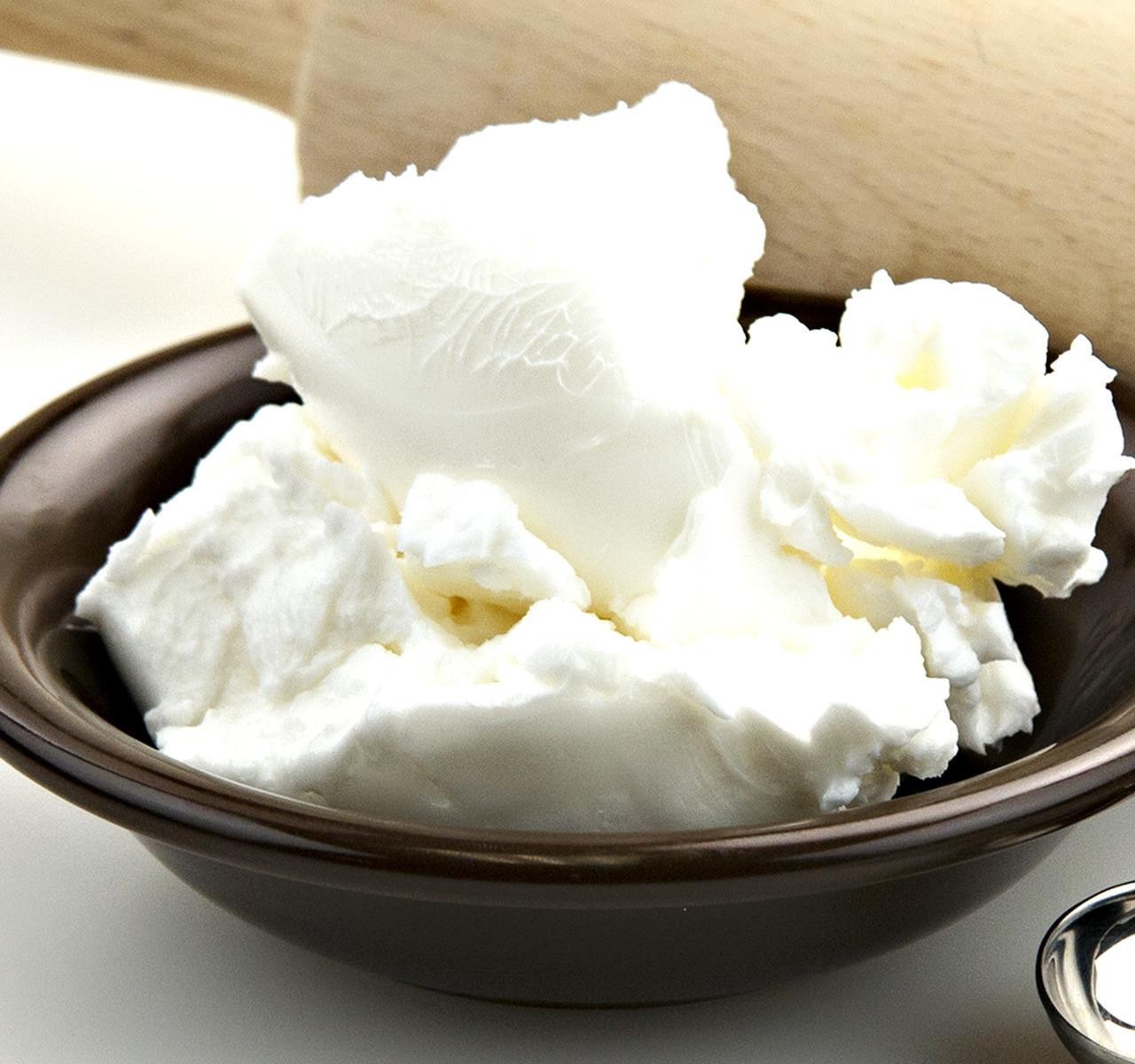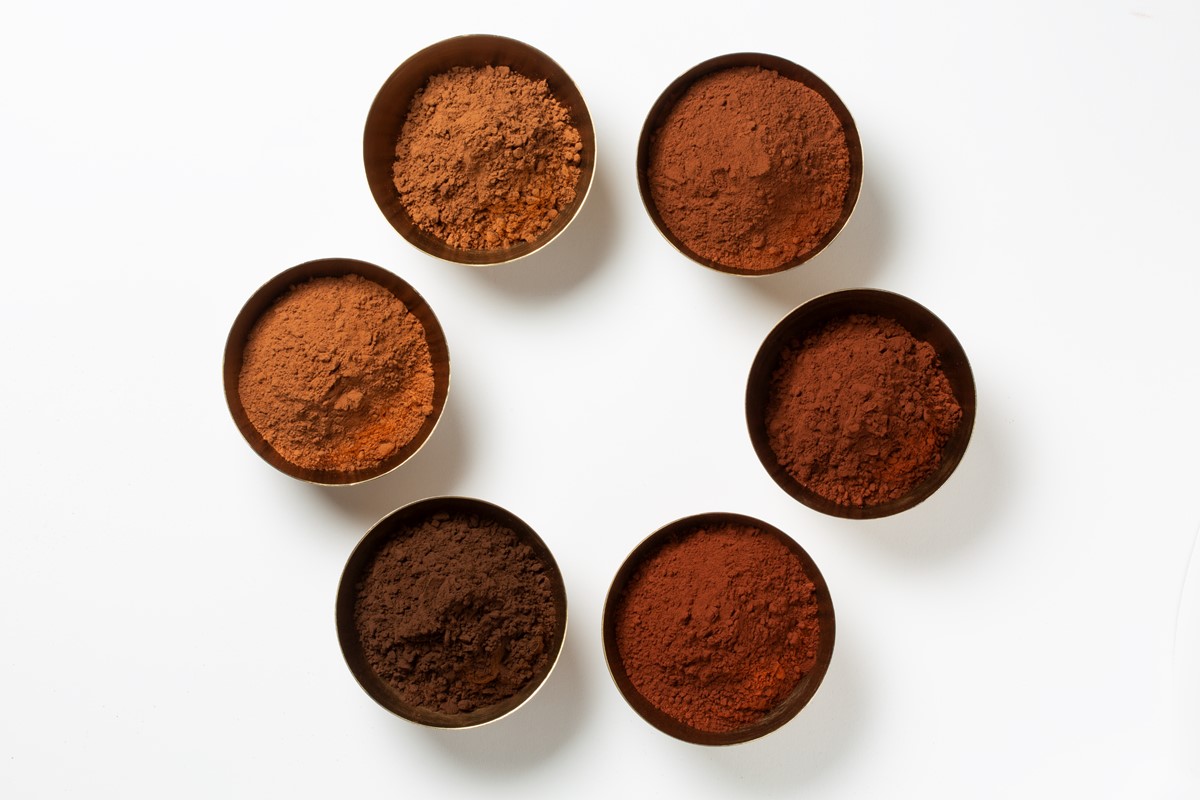Import and Export Foamer To/From Afghanistan
Moka foams, a key component in creating creamy and milky foam for coffee beverages, are meticulously crafted with a specific combination of fat and protein content. These foams are made using non-hydrogenated vegetable oils, which contribute to their rich and luscious texture. Typically, the height of the foam ranges between 10-30 mm, providing a visually appealing layer atop a freshly brewed cup of coffee.

Historically, the art of creating foam for coffee dates back centuries, with various cultures developing their own unique methods. However, the modern technique of using specific fat and protein content to create moka foams has revolutionized the coffee industry. Key figures in this development include baristas, coffee roasters, and food scientists who have experimented with different ingredients and ratios to perfect the foam's consistency and flavor.
The impact of moka foams in the coffee industry is profound. They enhance the overall drinking experience by adding a velvety texture and a touch of elegance to a simple cup of coffee. The creamy foam not only pleases the palate but also elevates the aesthetic appeal of the beverage. Additionally, the use of non-hydrogenated vegetable oils in moka foams aligns with the growing consumer demand for healthier and more sustainable food options.
On the positive side, moka foams offer a luxurious and indulgent experience for coffee enthusiasts, enhancing the overall enjoyment of their favorite brew. They also provide a creative outlet for baristas and coffee professionals to experiment with different flavors and textures, pushing the boundaries of traditional coffee offerings.
However, a potential downside of moka foams is the reliance on non-hydrogenated vegetable oils, which may not always be readily available or affordable for all coffee establishments. Additionally, achieving the perfect balance of fat and protein content to create consistent and high-quality foam can be challenging, requiring a significant amount of skill and precision.
Looking towards the future, advancements in food technology and sustainable practices may lead to the development of alternative ingredients for moka foams. With a growing focus on environmental consciousness and health-conscious choices, there is a potential for exploring new sources of fats and proteins that can mimic the texture and flavor of traditional foams.
In conclusion, moka foams play a crucial role in enhancing the coffee drinking experience, providing a velvety and creamy layer that adds depth and sophistication to a simple cup of coffee. While there are challenges in creating and maintaining the perfect foam, the positive impact on the overall coffee culture is undeniable. As the industry continues to innovate, there is potential for further advancements in moka foam technology that cater to evolving consumer preferences and sustainability concerns.







